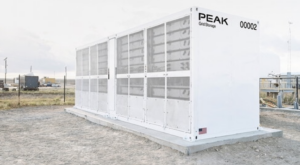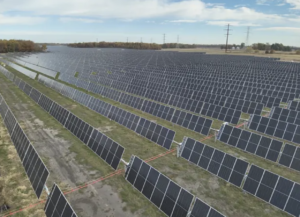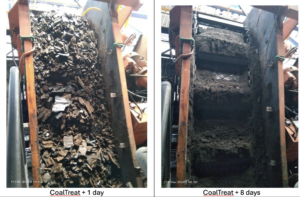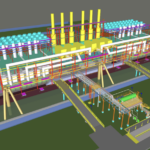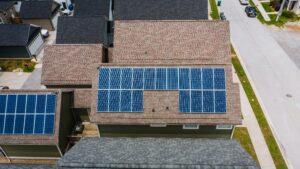
The U.S. residential solar industry has entered a new era. With the federal Investment Tax Credit (ITC) phasing out at the end of 2025, the market faces a moment of recalibration. This will likely mean a short-term decline, but it’s far from a death knell for the industry. After all, while incentives may fade, energy demand is projected to rise sharply over the next few years and decades. And we simply can’t meet that demand without abundant, affordable, resilient, and transparent clean energy. The challenge now is ensuring that solar remains accessible and economically viable without federal incentives.
COMMENTARY
What Happens When Incentives Disappear
The phase-out of the ITC will be a stress test for the solar industry. Nearly half (45%) of Americans say they could not afford solar without federal incentives, and another 33% say it would be a financial stretch. Together, these findings suggest that roughly three-quarters of households would find solar difficult or impossible to afford without financial support. Income disparities deepen the divide: 39% of low-income households would not consider solar, compared to 13% of households earning more than $100,000 (Aurora Solar, 2025).
Yet, despite being one of the most effective clean energy incentives in U.S. history, 43% of Americans say they have heard of the ITC but don’t understand what it does, and one in three have never heard of it at all (Aurora Solar, 2025). Among those who are aware of the credit, 82% underestimated its 30% value, believing it was less than 20%.
So, for many homeowners, the ITC’s expiration may not feel like a loss because they never realized the benefit existed. For installers and developers, its end marks a shift toward strategies that can sustain adoption without depending on tax policy.
The Economics of a Post-ITC Market
The next chapter of solar has to depend less on subsidies and more on innovation. According to Ohm Analytics, residential solar demand is projected to drop by 26% in 2026, with cash- and loan-based purchases declining by nearly half, while third-party ownership (TPO) rises from 45% of installs in 2025 to nearly 70% in 2026. This shift indicates that consumers are seeking financing options that lower upfront risk and simplify decision-making.
On the installer side, the end of the ITC brings new pressure to control costs. Although hardware prices have declined significantly over the years, soft costs remained stubbornly high. They now account for nearly two-thirds of total project expenses, driven by permitting delays, change orders, and customer cancellations (MIT Energy Initiative). Industry data show that change orders alone can add up to roughly $1,200 per project, or about $200,000 annually for a mid-sized installer. Companies that streamline workflows, increase transparency in quoting, and integrate automation into design processes are positioned to succeed in this leaner, post-incentive environment.
The Policy-Proof Future of Solar
If the past two decades of federal support built the foundation for solar adoption, the next two will test its resilience. And the industry is already adapting to become “policy-proof.”
Installers are adopting AI-powered design tools that cut change orders by up to 90%, expanding point-of-sale financing, and providing clear, validated pricing in proposals. This not only cuts costs, but helps solve a persistent problem: According to the Aurora Solar 2025 Solar Snapshot, 41% of homeowners say it is difficult to find a trustworthy installer. By embracing technology and transparency installers can start to close this trust gap and gain consumer confidence in the years ahead.
Things outside the industry’s control could also lend a hand. We’re still in an era of high interest rates, and solar could benefit if they continue to come down: 67% of Millennials and Gen Z say they would be more likely to purchase or finance solar if rates declined, compared to 47% overall (Aurora Solar, 2025). This points to a larger insight, though. Multiple, innovative financing options and transparent business models that meet younger buyers where they are key to a strong solar industry.
Not Shrinking, But Maturing
As the ITC sunsets, we need to shift our focus from what’s ending to what’s beginning. Demand for electrification, energy storage, and distributed generation continues to grow, ensuring that solar will become even more critical to meeting the U.S.’s energy needs. McKinsey projects that total U.S. electricity demand will rise by nearly 25% by 2030, driven by electric vehicles, heat pumps, and expanded domestic manufacturing. That growth cannot be met without distributed solar.
The ITC may be coming to an end, but the momentum it created endures. The future of solar now depends on innovation, transparency, and adaptability to thrive no matter what policies are put in our way.
—Fox Swim is a senior solar industry researcher at Aurora Solar.


